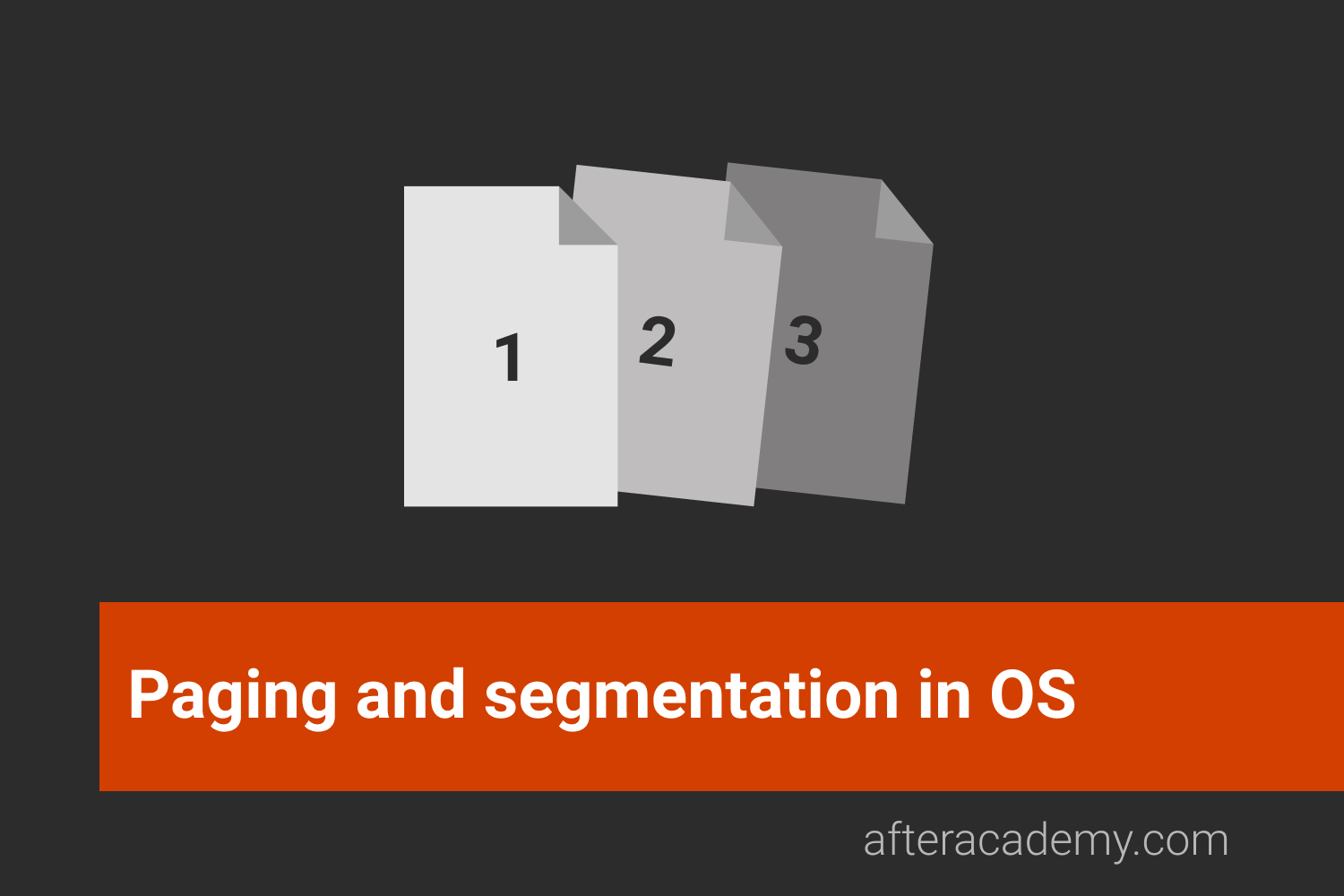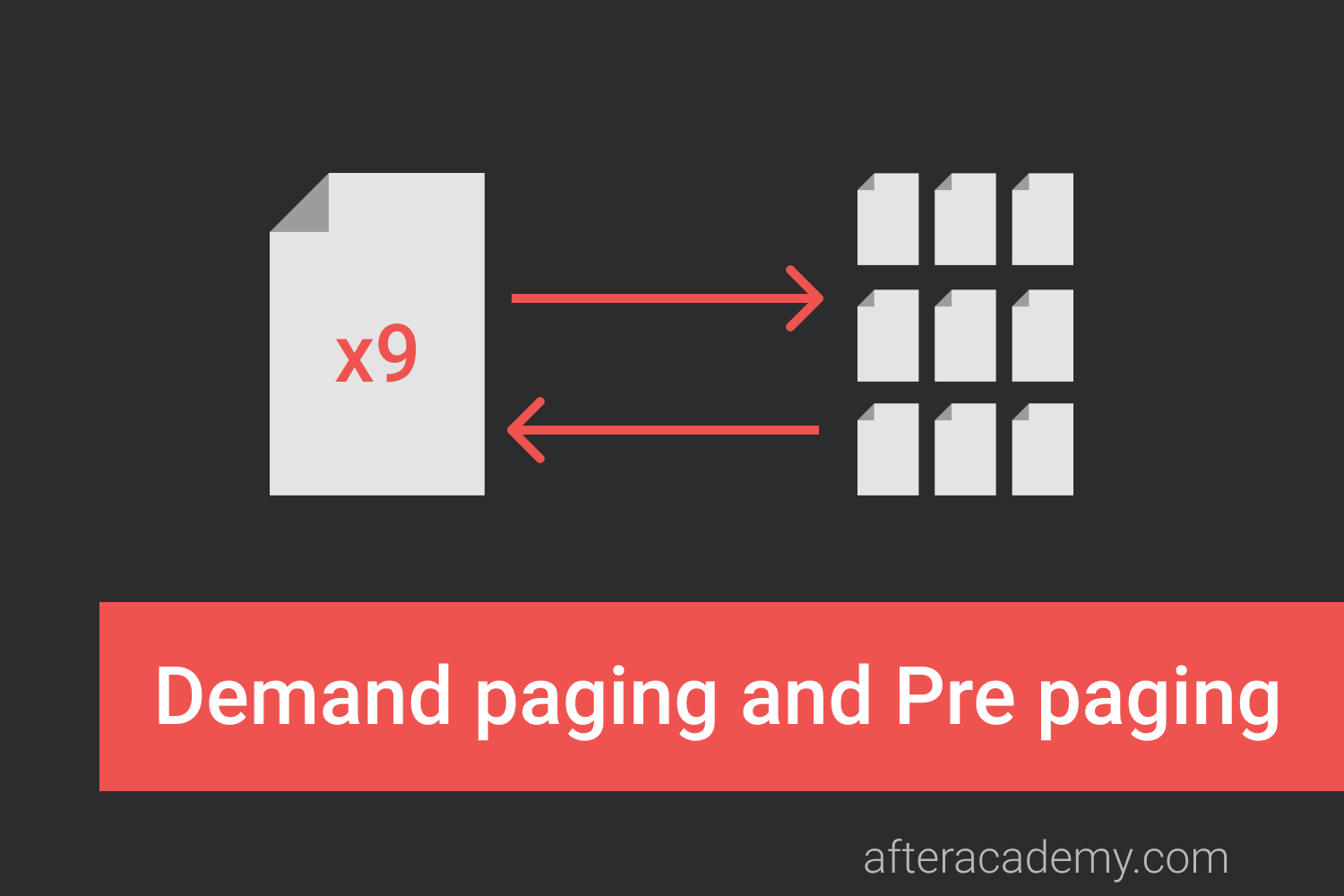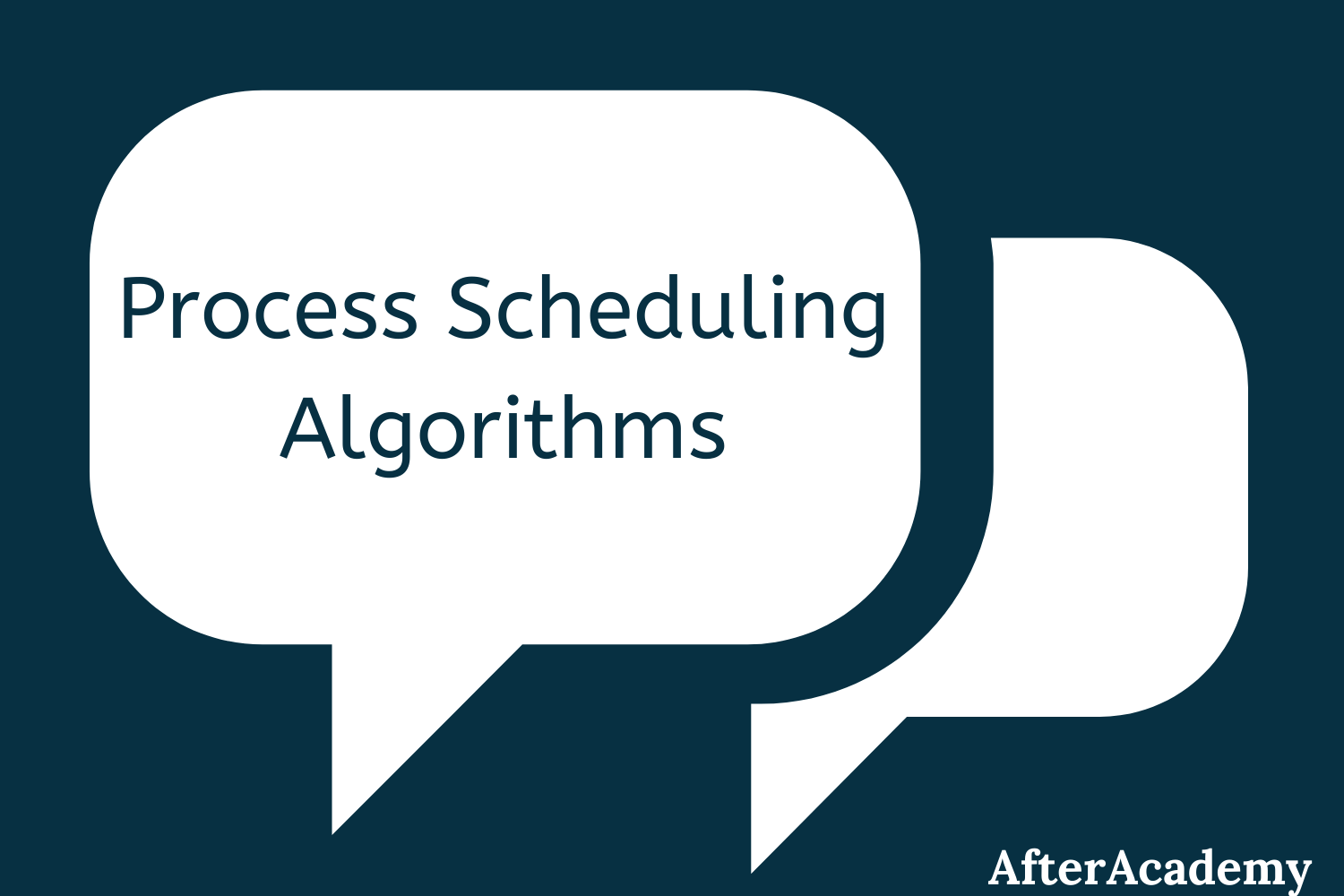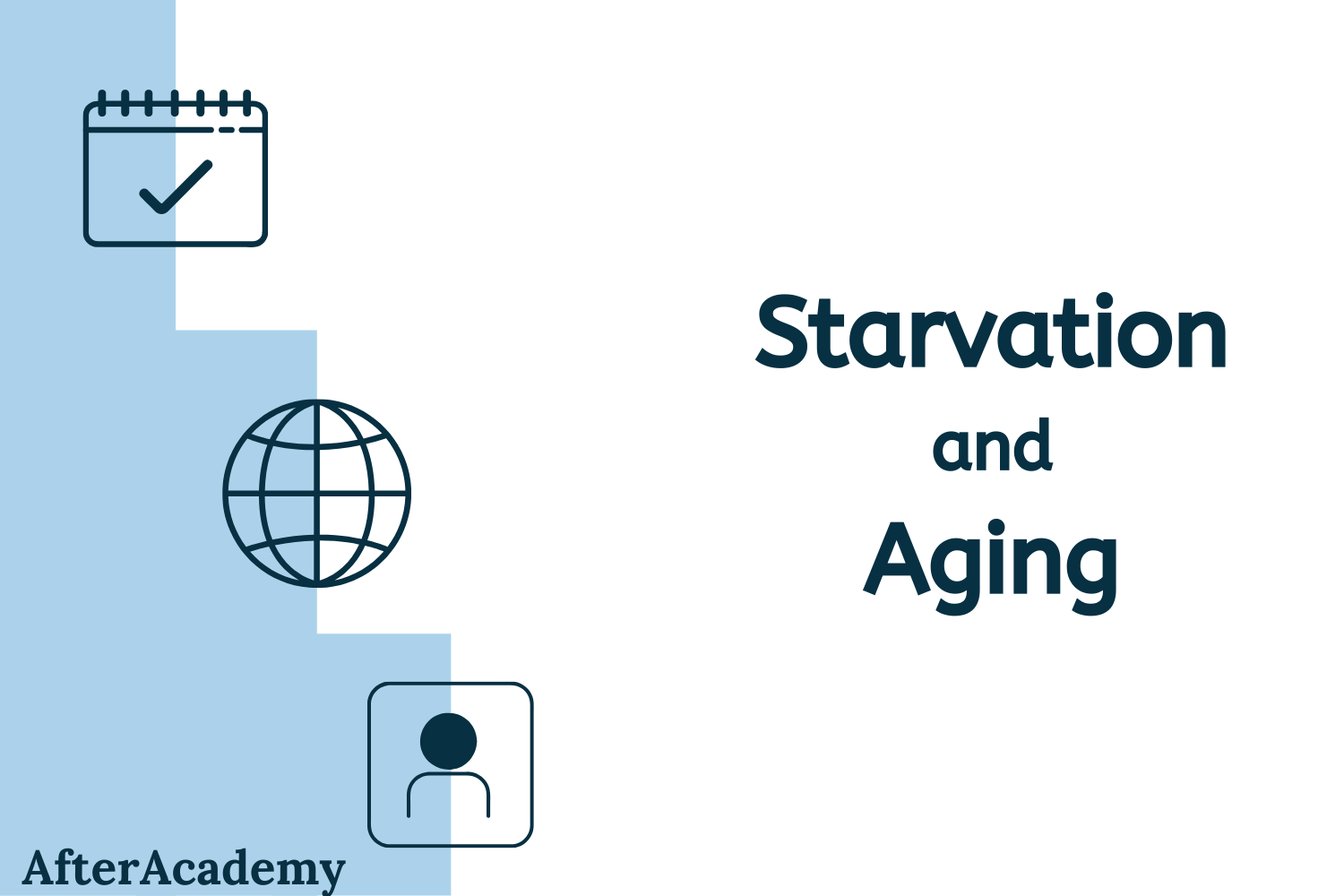What are the Page Replacement Algorithms?

This lesson will introduce you to the concept of page replacement, which is used in memory management. You will understand the definition, need and various algorithms related to page replacement.
A computer system has a limited amount of memory. Adding more memory physically is very costly. Therefore most modern computers use a combination of both hardware and software to allow the computer to address more memory than the amount physically present on the system. This extra memory is actually called Virtual Memory.
Virtual Memory is a storage allocation scheme used by the Memory Management Unit(MMU) to compensate for the shortage of physical memory by transferring data from RAM to disk storage. It addresses secondary memory as though it is a part of the main memory. Virtual Memory makes the memory appear larger than actually present which helps in the execution of programs that are larger than the physical memory.
Virtual Memory can be implemented using two methods :
- Paging
- Segmentation
In this blog, we will learn about the paging part.
Paging
Paging is a process of reading data from, and writing data to, the secondary storage. It is a memory management scheme that is used to retrieve processes from the secondary memory in the form of pages and store them in the primary memory. The main objective of paging is to divide each process in the form of pages of fixed size. These pages are stored in the main memory in frames. Pages of a process are only brought from the secondary memory to the main memory when they are needed.
When an executing process refers to a page, it is first searched in the main memory. If it is not present in the main memory, a page fault occurs.
** Page Fault is the condition in which a running process refers to a page that is not loaded in the main memory.
In such a case, the OS has to bring the page from the secondary storage into the main memory. This may cause some pages in the main memory to be replaced due to limited storage. A Page Replacement Algorithm is required to decide which page needs to be replaced.
Page Replacement Algorithm
Page Replacement Algorithm decides which page to remove, also called swap out when a new page needs to be loaded into the main memory. Page Replacement happens when a requested page is not present in the main memory and the available space is not sufficient for allocation to the requested page.
When the page that was selected for replacement was paged out, and referenced again, it has to read in from disk, and this requires for I/O completion. This process determines the quality of the page replacement algorithm: the lesser the time waiting for page-ins, the better is the algorithm.
A page replacement algorithm tries to select which pages should be replaced so as to minimize the total number of page misses. There are many different page replacement algorithms. These algorithms are evaluated by running them on a particular string of memory reference and computing the number of page faults. The fewer is the page faults the better is the algorithm for that situation.
** If a process requests for page and that page is found in the main memory then it is called page hit , otherwise page miss or page fault .
Some Page Replacement Algorithms :
- First In First Out (FIFO)
- Least Recently Used (LRU)
- Optimal Page Replacement
First In First Out (FIFO)
This is the simplest page replacement algorithm. In this algorithm, the OS maintains a queue that keeps track of all the pages in memory, with the oldest page at the front and the most recent page at the back.
When there is a need for page replacement, the FIFO algorithm, swaps out the page at the front of the queue, that is the page which has been in the memory for the longest time.
For Example:
Consider the page reference string of size 12: 1, 2, 3, 4, 5, 1, 3, 1, 6, 3, 2, 3 with frame size 4(i.e. maximum 4 pages in a frame).

Total Page Fault = 9
Initially, all 4 slots are empty, so when 1, 2, 3, 4 came they are allocated to the empty slots in order of their arrival. This is page fault as 1, 2, 3, 4 are not available in memory.
When 5 comes, it is not available in memory so page fault occurs and it replaces the oldest page in memory, i.e., 1.
When 1 comes, it is not available in memory so page fault occurs and it replaces the oldest page in memory, i.e., 2.
When 3,1 comes, it is available in the memory, i.e., Page Hit, so no replacement occurs.
When 6 comes, it is not available in memory so page fault occurs and it replaces the oldest page in memory, i.e., 3.
When 3 comes, it is not available in memory so page fault occurs and it replaces the oldest page in memory, i.e., 4.
When 2 comes, it is not available in memory so page fault occurs and it replaces the oldest page in memory, i.e., 5.
When 3 comes, it is available in the memory, i.e., Page Hit, so no replacement occurs.
Page Fault ratio = 9/12 i.e. total miss/total possible cases
Advantages
- Simple and easy to implement.
- Low overhead.
Disadvantages
- Poor performance.
- Doesn’t consider the frequency of use or last used time, simply replaces the oldest page.
- Suffers from Belady’s Anomaly(i.e. more page faults when we increase the number of page frames).
Least Recently Used (LRU)
Least Recently Used page replacement algorithm keeps track of page usage over a short period of time. It works on the idea that the pages that have been most heavily used in the past are most likely to be used heavily in the future too.
In LRU, whenever page replacement happens, the page which has not been used for the longest amount of time is replaced.
For Example

Total Page Fault = 8
Initially, all 4 slots are empty, so when 1, 2, 3, 4 came they are allocated to the empty slots in order of their arrival. This is page fault as 1, 2, 3, 4 are not available in memory.
When 5 comes, it is not available in memory so page fault occurs and it replaces 1 which is the least recently used page.
When 1 comes, it is not available in memory so page fault occurs and it replaces 2.
When 3,1 comes, it is available in the memory, i.e., Page Hit, so no replacement occurs.
When 6 comes, it is not available in memory so page fault occurs and it replaces 4.
When 3 comes, it is available in the memory, i.e., Page Hit, so no replacement occurs.
When 2 comes, it is not available in memory so page fault occurs and it replaces 5.
When 3 comes, it is available in the memory, i.e., Page Hit, so no replacement occurs.
Page Fault ratio = 8/12
Advantages
- Efficient.
- Doesn't suffer from Belady’s Anomaly.
Disadvantages
- Complex Implementation.
- Expensive.
- Requires hardware support.
Optimal Page Replacement
Optimal Page Replacement algorithm is the best page replacement algorithm as it gives the least number of page faults. It is also known as OPT, clairvoyant replacement algorithm, or Belady’s optimal page replacement policy.
In this algorithm, pages are replaced which would not be used for the longest duration of time in the future, i.e., the pages in the memory which are going to be referred farthest in the future are replaced.
This algorithm was introduced long back and is difficult to implement because it requires future knowledge of the program behaviour. However, it is possible to implement optimal page replacement on the second run by using the page reference information collected on the first run.
For Example
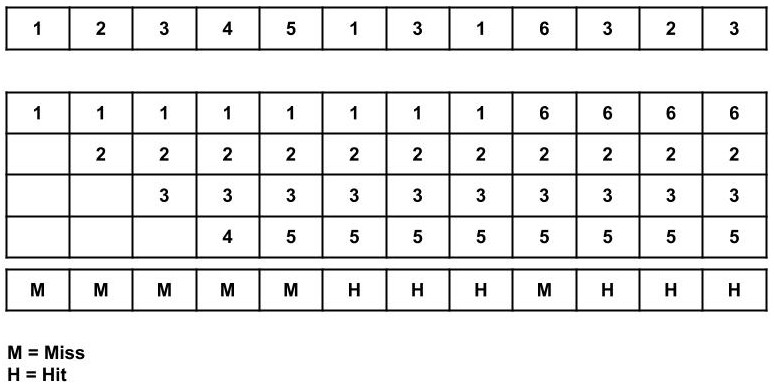
Total Page Fault = 6
Initially, all 4 slots are empty, so when 1, 2, 3, 4 came they are allocated to the empty slots in order of their arrival. This is page fault as 1, 2, 3, 4 are not available in memory.
When 5 comes, it is not available in memory so page fault occurs and it replaces 4 which is going to be used farthest in the future among 1, 2, 3, 4.
When 1,3,1 comes, they are available in the memory, i.e., Page Hit, so no replacement occurs.
When 6 comes, it is not available in memory so page fault occurs and it replaces 1.
When 3, 2, 3 comes, it is available in the memory, i.e., Page Hit, so no replacement occurs.
Page Fault ratio = 6/12
Advantages
- Easy to Implement.
- Simple data structures are used.
- Highly efficient.
Disadvantages
- Requires future knowledge of the program.
- Time-consuming.
So, these are some of the page replacement algorithms that are used in paging. Hope you learned something new today.
Keep Learning :)
Team AfterAcademy!

